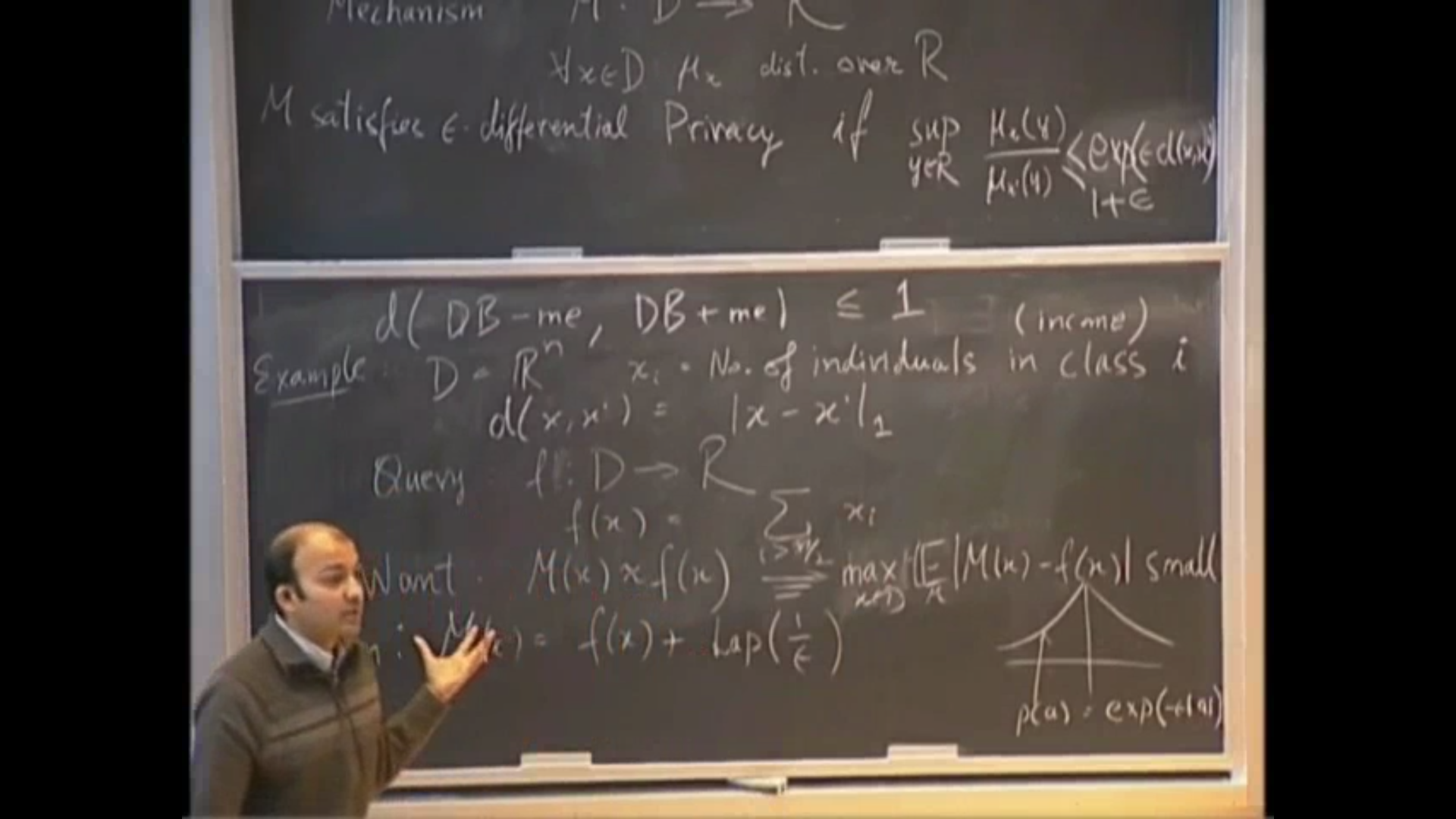Nearest Neighbor Search and Metric Expansion
Presenter
December 8, 2011
Keywords:
- geometric algorithms
- graph theory algorithms
- expander graph
- graph theory and metric space theory
- data structures and algorithmic design
- applied combinatorics
MSC:
- 05C10
- 05C42
- 05C60
- 05Cxx
- 05-xx
- 68W40
- 68W25
- 68Wxx
Abstract
We show how the complexity of performing nearest neighbor (NNS) search on a metric space is related to the expansion of the metric space. Given a metric space we look at the graph obtained by connecting every pair of points within a certain distance r. We then look at various notions of expansion in this graph relating them to the cell probe complexity of NNS for randomized and deterministic, exact and approximate algorithms. For example if the graph has node expansion \Phi then we show that any deterministic t-probe data structure for n points must use space S where (St/n)^t > \Phi. We show similar results for randomized algorithms as well. These relationships can be used to derive most of the known lower bounds in metric spaces such as l_1, l_2, l_\infty by simply computing their expansion. Our work reduces the problem of proving cell probe lower bounds of near neighbor search to computing the appropriate expansion parameter. In our results, as in all previous results, the dependence on t is weak; the bound drops exponentially in t. We show a much stronger (tight) time-space tradeoff for the class of dynamic low contention data structures. These are data structures that support updates in the data set and that do not look up any single cell too often.
(Joint work with Rina Panigrahy and Udi Wieder)
